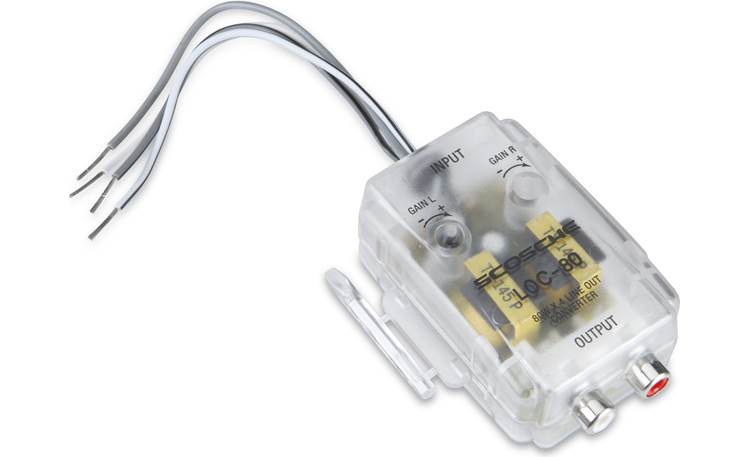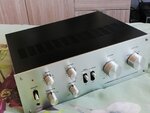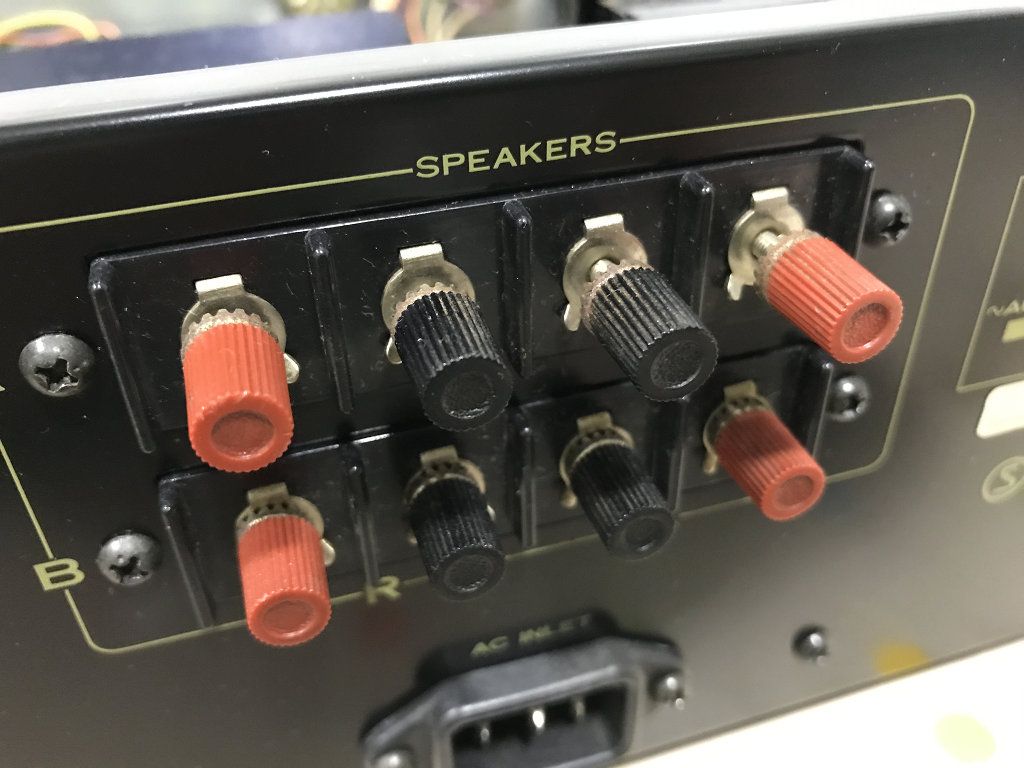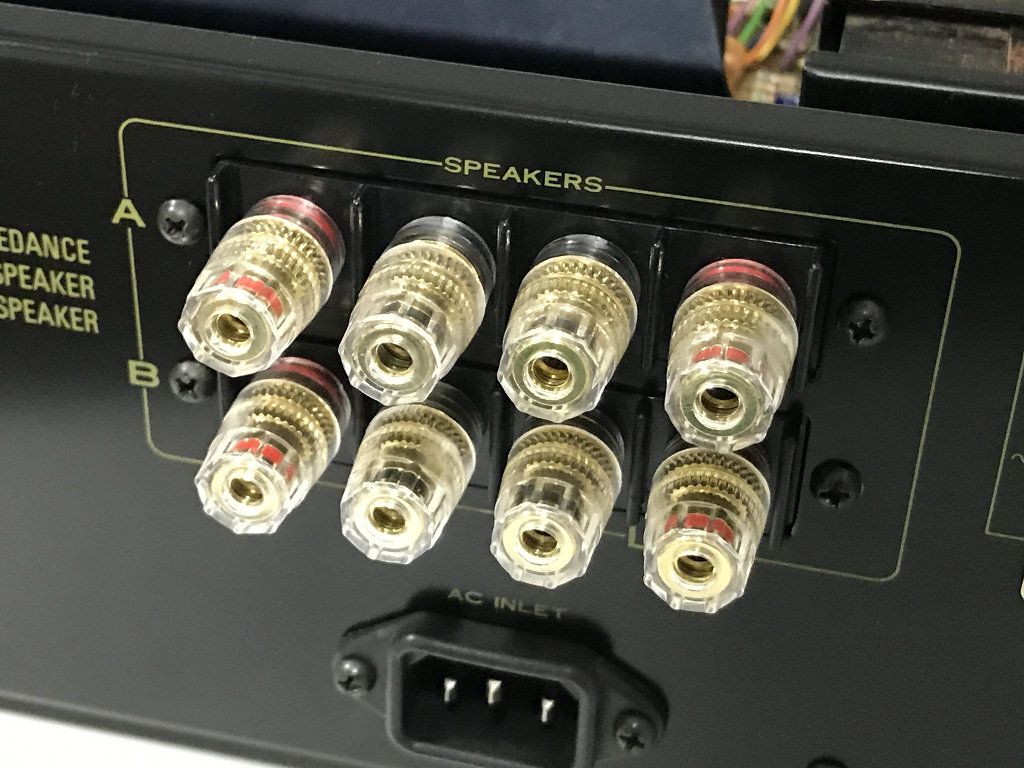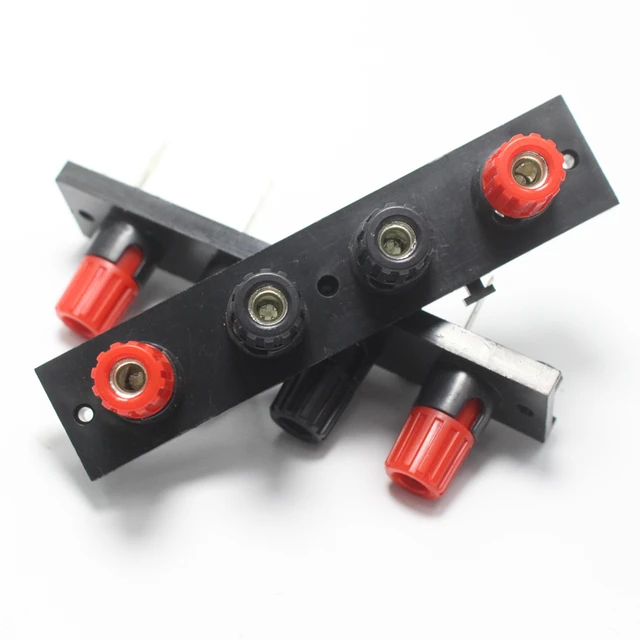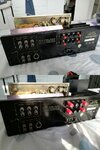View attachment 3559
So, a nicely consistant dedicated topic (not) given my modern compact amps versus vintage topic here.
🙂 But yeah. I like audio. I don't collect anything but wanted to make one exception as I read about the old Pioneer amps from the 70s a while ago and they caught my attention.
Last week I stumbled upon this fairly compact (for the 70s) and fully working Pioneer SA5300 and got it for an "can't absolutely go wrong" price having done a little research on forehand. It might not be the most popular in the range but I like the outsiders.
It is almost in near mint condition. For an amp this old, probably stored for a while after use. Everything essential is working flawlessly. I think the most used knobs like the volume dial and balance and tone dials are among the most important to begin with in a check and all is perfect.
Minor Improvement points: The status light doesn't work (I don't bother) and the speaker 1-2 changing knob sometimes delivers a litte crackling noise while trying but no need to use that every day.
It needed a little external and internal cleaning and contact spray and looks and smells as new now. I think about reapplying the black paint job of the top cover with a couple of layers. But having seen some examples of heavy dented top cover online and people state that it is in fine condition, I am glad mine is still in factory shape.
From a first glance it seems the amp can only drive at 4 ohm per speaker channel, which is fine for my Diamond 11.2 speakers (4.x ohm), but not for my large Evo 4.2 standmounts that do better with the required 8 ohm. A strange thing to me (that might not be not that weird at all in the past) is that speaker port 1 and 2 seperately deliver 4 ohm and combined deliver 8 ohm. So when stringing cable wire through both binding post and putting the switch not to speaker 1 or 2, but to 1+2 combined the sound audibly improves as the soundstage widens too on a larger speaker.
Overall a fine amp, a little different signature to my Yamaha wxa-50 (Now temporary the pre-amp as a streamer and handling the sub) when driving the Evo 4.2 but really enjoyable and more "snappy" when paired with the smaller Diamond 11.2.
Little score list
+ Enjoyable sound
+ Drives one 8 ohm pair of speakers
+ 70s knobs and switches
+Antique, probably keeps its value for collectors and enthusiasts
+ An excuse to test my Grado headphones on something else than my phone (I am not that much into headphones. )
+ looks
- Binding posts are like small wire grinders. Prefer the modern ones.
Specifications
Power output: 10 watts per channel into 8Ω (stereo)
Frequency response: 20Hz to 30kHz
Total harmonic distortion: 0.08%
Input sensitivity: 2.5mV (MM), 150mV (line)
Signal to noise ratio: 70dB (MM), 85dB (line)
Dimensions: 350 x 125 x 282mm
Weight: 6.4kg
Anyone experience with this model or Vintage Pioneer models in General?



